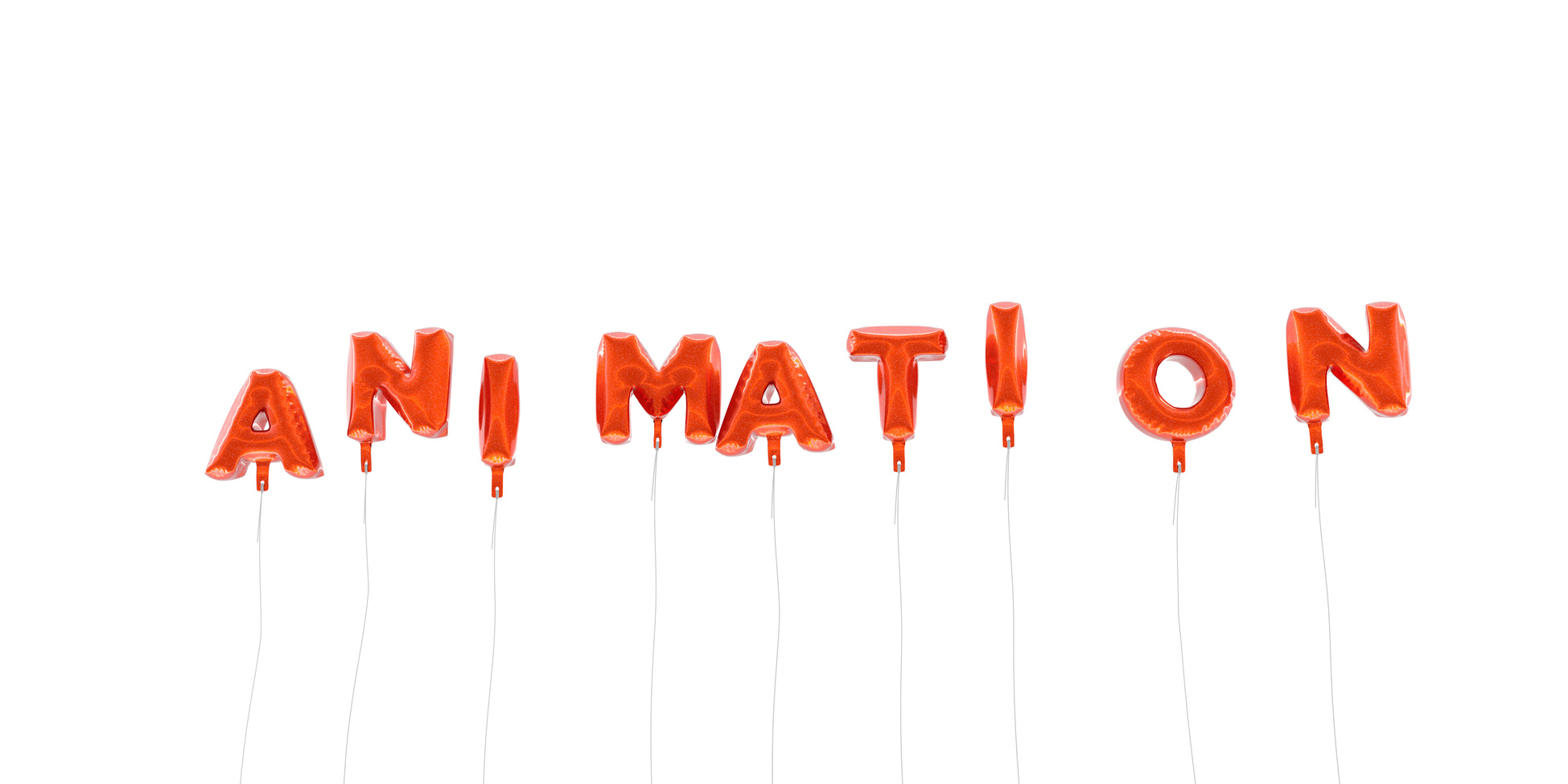Did you know that WordPress is now available in 56 different languages? What’s more, you don’t need to set up a multi-site or separate WordPress installs for different languages?
Creating a multilingual site has never been easier or more necessary. It stands to ramp up your website traffic dramatically.
But what if you feel intimidated by setting up a multilingual website and don’t know where to start? Read on for five tips that’ll open your website up to new audiences from all over the world.
1. Hire Humans
Before delving more deeply into creating a multilingual website, you need to identify which languages you’d like to include. Then, you need to hire quality translators, and I don’t mean Google Translate. Yes, Google continues to improve, but it’s grammatical and syntactic errors remain egregious and annoying.
The last thing you want to do is pepper the internet with more laughable translations. So, do yourself a huge favor and hire human translators. It’s the best way to translate a website.
If you have trouble connecting with quality translators, opt for a paid translation service (again, relying on humans) to ensure that what you post on the web makes sense and connects with your audience. Or, check out what businesses like this company do to position clients in new markets.
2. Provide Options
So, you’ve done everything possible to secure accurate, compelling translations, but then what? Make sure your website gives readers options. A multilingual website is your attempt to communicate with more readers, but they need a little help finding the right language first.
A multi-lingual site means nothing if you don’t have a clear, accessible menu that allows readers to change their language preferences. Consider a drop-down menu placed in the top righthand corner of your page. Or, use switchers in the footer.
3. Avoid Confusion
Whatever you choose to do, make sure that it’s abundantly clear to your audience. Remember, some of the individuals encountering and navigating your website for the first time won’t understand the default language.
That means you need to keep choices obvious and multilingual. What do I mean? When listing the language options on your website, make sure each one is referenced in its own language and alphabet.
Avoid visual representations such as the flags of different nations. Not only can it be difficult to recognize tiny flag icons but it implies that languages are nation-specific. Considering the fact that Switzerland has four official languages and India boasts 22, the whole flag thing makes no sense.
4. Practical Considerations
Choose a web font that’s compatible with the languages your website will support. This can prove especially crucial when dealing with languages featuring a non-Latin alphabet such as Mandarin or Arabic.
How will you know which font to choose? Choose one that includes all of the glyphs and characters you’ll need for each translation.
You’ll also want to consider how translations vary in length and plan accordingly. Little things like “Add to Cart” text can double in size depending on the language. So, be prepared for these linguistic (and graphics) challenges.
You’ll also want to take into account font size with certain language elements such as Chinese and Japanese characters. Because these glyphs are more complex than the letters of the Latin alphabet, you’ll need to represent them in a larger font size.
Otherwise, meaning will be lost.
5. Which Way?
Last but not least, make sure your translations head in the appropriate direction. Languages like Arabic and Hebrew read from right to left (RTL) whereas a web page in Spanish or English reads from left to right (LTR). You need to take these directional shifts into account.
Complicating the mix are languages such as Azeri (a language spoken in Azerbaijan), which changes direction depending on the alphabet used. Azeri can be written using either the Latin or Cyrillic alphabets, so you’ll need to pay particular attention to direction. What do I mean?
Using the Latin alphabet, Azeri goes from left to right. But in Cyrillic, it heads from right to left. See where the help of a real, live translator comes in handy?
The Benefits of a Multilingual Website
When it comes to marketing your company, the wider your brand’s exposure, the better. A multilingual website can help you reach a broader audience. That is, if your translations prove accurate and well-executed and your site remains convenient.
Interested in learning more about multilingual sites? Or, maybe you’re interested in the specific nuts and bolts of how to translate a website into Spanish, Persian, Greek, or more?
Whatever your website-related questions, we can help. Check out our blog for the latest in website creation and management.




